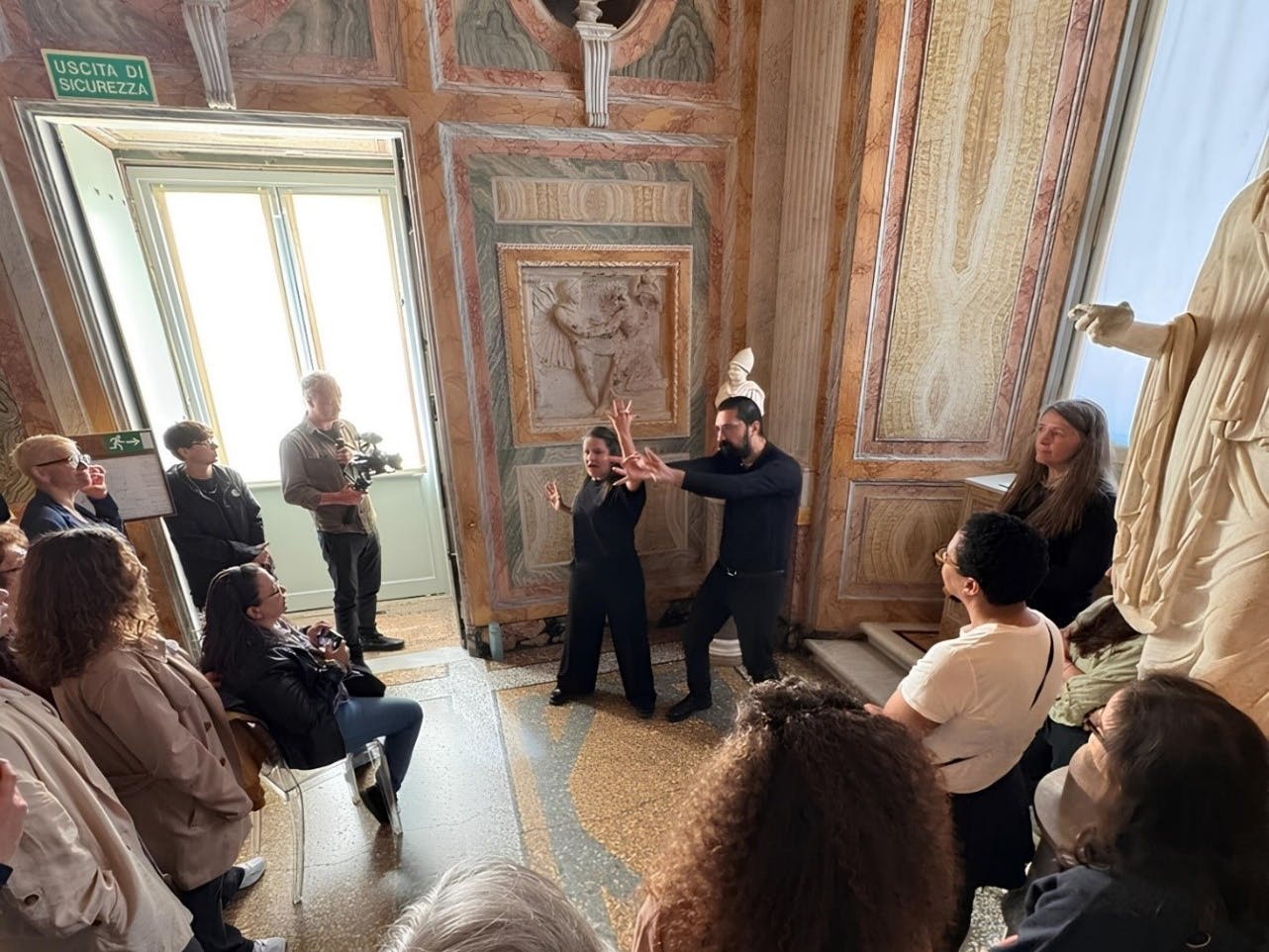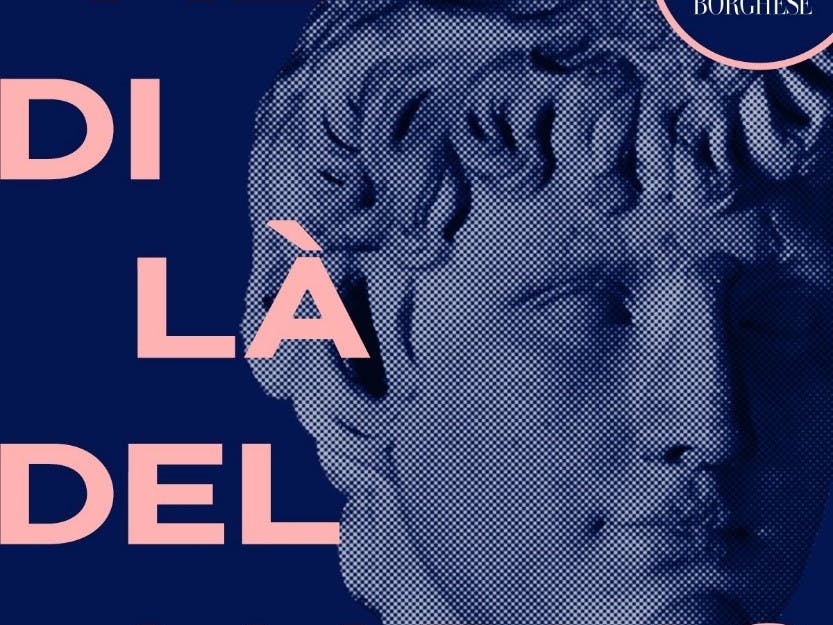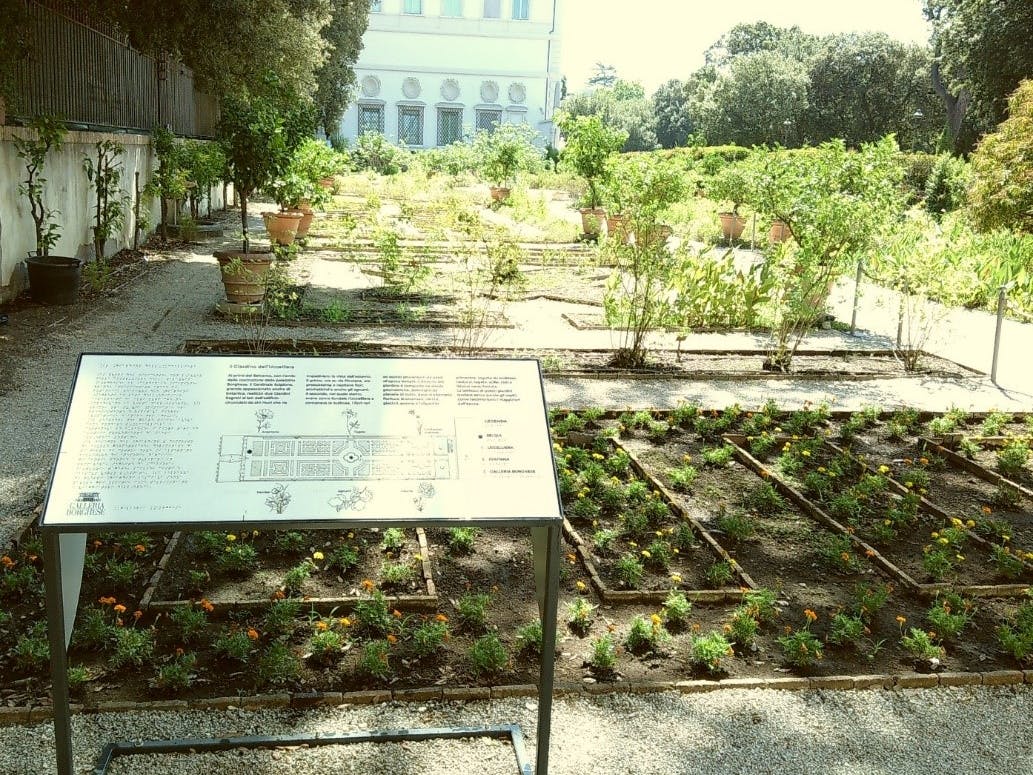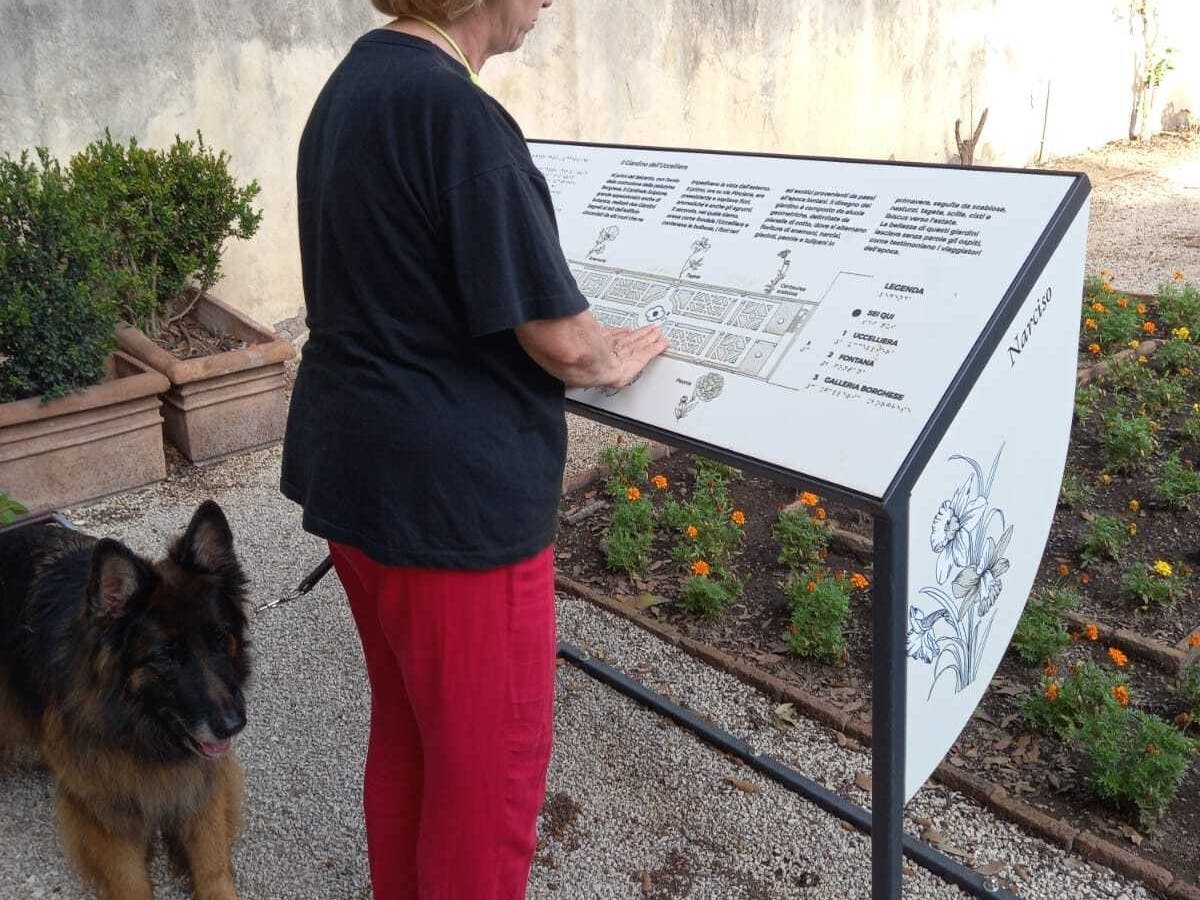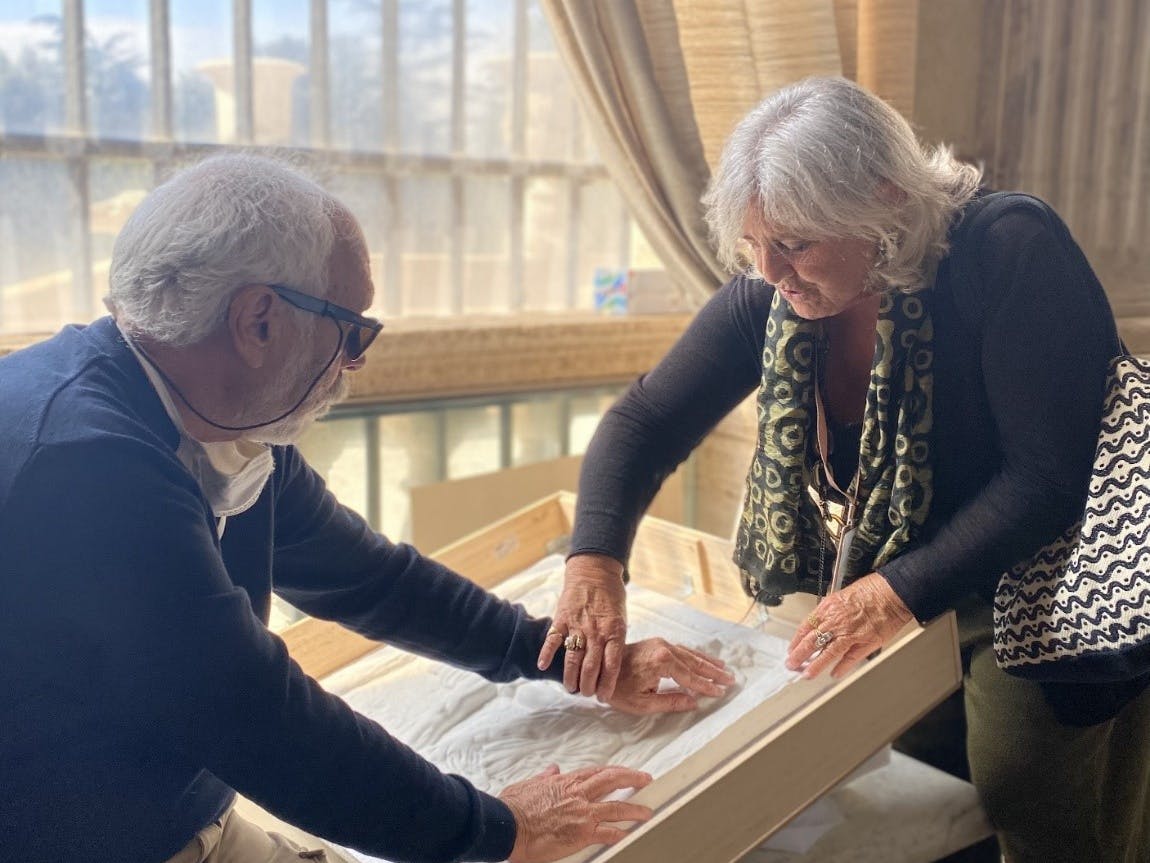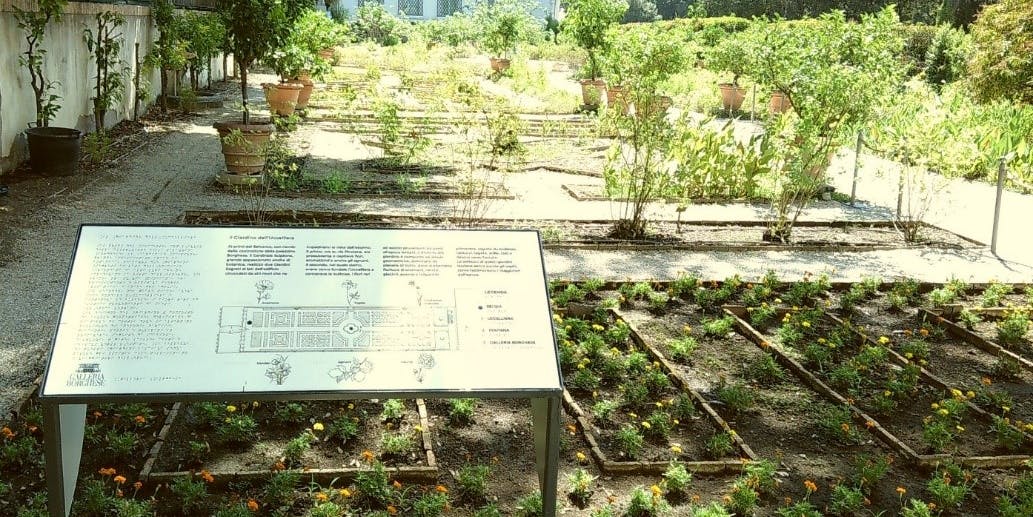
Experience at the Galleria Borghese with Vulnerable Audiences
Stories of accessibility
by Stefania Vannini
A participatory cultural institution is a place where visitors can create, share, and connect with each other around the content. To create means that visitors contribute their own ideas, objects, and creative expressions to the institution and among themselves. To share means that people discuss, carry with them, rework, and redistribute both what they see and what they create during the visit. To connect means that visitors socialize with other people – staff members and other visitors – who share their interests. Around the content means that visitors’ conversations and creations focus on the most significant evidence, objects, and ideas for the institution in question.
Museums can significantly contribute to the cultural growth of society and the well-being of people if they place the care of new and diverse audiences at the heart of their actions and strategies – especially people with specific needs related to disabilities and vulnerabilities – welcomed to work together actively and thus participatively on the history and specificity of the collections, the true identity of museum institutions.
Welcoming, facilitating museum attendance, and making the cultural experience rewarding for every type of audience, especially when aimed at people with vulnerabilities, without trivializing the content, makes the Museum a valuable tool for social improvement, promoting educational and direct learning experiences and a space to experiment with a new relationship with Art, a meeting and exchange place among diverse people.
It is therefore necessary to rethink the Museum’s role so that it emerges from its ivory tower to reach, motivate, and attract audiences, even the most challenging ones: this is precisely the challenge I have taken on in my role as the Accessibility Coordinator at the Galleria Borghese. Since 2019, in fact, I have launched a program aimed at facilitating museum attendance for people with disabilities in a place with a strong flow of tourist visitors.
The first intervention involved the creation of tactile maps placed outside, with a brief history of the building in Braille and in 'black' for blind people and those with normal visual impairment, and in English for the international audience. The two tactile maps, designed for everyone within the framework of Universal Design, have become important meeting spots for the many people who walk through Villa Borghese every day and gather in the squares in front of the Casino Nobile Pinciano.
Accessibility at the Galleria Borghese involves the co-presence of different audiences together: it therefore does not separate disability from the able-bodied public because activities foresee and include the active participation of both audiences. For example, the project for people with visual disabilities includes sighted people, just as the one dedicated to the Deaf community also involves encounters and exchanges with hearing people: this approach creates relationships and promotes stimulating emotional sharing among different people, thus helping to break down prejudice towards disability while enriching the cultural and human experience of all participants.
To date, the Accessibility Office offers a wide range of ongoing projects developed in collaboration with people with disabilities: this approach, as just highlighted, is based on greater awareness of the needs and expectations of audiences with different vulnerabilities, allowing the achievement of more targeted results and making the cultural experience more functional and satisfying. An example is the project Stories of Cardinal Scipione and of Casa Borghese, designed in 2019 in co-design with a deaf art historian, Italian Sign Language teacher, and tour guide. The project, conducted bilingually in Italian and LIS, involves both deaf and hearing communities together in monthly thematic tours exploring the collecting history of the family who owned the house. Now in its fourth year, the activity has so far involved over a hundred deaf people and as many hearing people, offering participants personal development opportunities and mutual understanding. This has created a small community of hearing individuals who have approached Deaf-world issues, practicing empathy and appreciating the beauty of Sign Language: a meaningful human experience that goes well beyond the common guided tour. Recently, the Stories have been enriched by performative moments in Visual Vernacular, an art form derived from sign language. It is a theatrical technique involving the entire body of the deaf actor to express in a highly expressive manner the stories and descriptions of the museum’s main works. These events have been culturally significant occasions for all, making the Galleria Borghese a unique place for experimenting with new artistic and performative techniques.
Also in a context of participatory design, a significant project is Beyond the Marble, a narrative podcast dedicated to enhancing the museum’s archaeological collection, often overshadowed and neglected by the 'magnificence' of Gianlorenzo Bernini’s sculptural groups placed at the center of the rooms, but which visually dialogue with the antiquities along the walls. The stories and myths told by the ancient marbles of the Gallery are written in collaboration with an archaeologist expert in storytelling; the audiodescriptions of the works have been reviewed by a blind teacher and sculptor to be fully accessible also to people with visual disabilities. The podcast episodes can therefore be listened to by everyone but are particularly effective for building the mental image of those without the aid of vision. Monthly and by appointment, the museum schedules tactile tours inspired by the podcast, attended by both blind and sighted people together.
The stories of Beyond the Marble also inspired the participants of Spiragli. Mental Health Pathways at the Galleria Borghese in collaboration with the Mental Health Department of ASL ROMA 1. The project involves regular museum attendance by a group of people at risk of social exclusion, integrating traditional clinical, rehabilitative, and therapeutic methods with the language of art, which becomes an instrument for socialization and psychophysical well-being in a museum open to the community and positioned as a place of union and dialogue for an inclusive and accessible culture for all. After listening to the podcast episodes and participating in museum meetings in front of the works, the Spiragli group embarked on an introspective path that led to the writing of personal texts, later recorded with the voices of the authors themselves, which will soon be available on the museum’s website. The podcast now also includes an English version, to make the Borghese antiquities Collection accessible to an international audience, so that the archaeological works can continue to dialogue with everyone, unveiling those eternal values that go beyond the marble.
Among the latest projects launched, shortly after the outbreak of the war conflict, the Accessibility Office hosted the internship of a young Ukrainian refugee, winner of the project Protezione Unita a Obiettivo Integrazione (P.U.O.I.), an integrated pathway for social and work inclusion for migrants legally present in the national territory, aimed at facilitating their entry into the labor market. The intern followed a training course to develop skills on the museum collections and then dedicated herself to welcoming small groups of women, children, and adolescents of the same nationality, whom she personally guided through the museum rooms. The goal of this ongoing path with various centers and associations is to offer opportunities for meeting, participation, and well-being to the Ukrainian community living in conditions of fragility and vulnerability.
Furthermore, with PNRR funds, two more tactile maps have been placed in the Secret Gardens on the sides of the building, where the Cardinal spent many hours of his day, also a passionate collector of rarissimi flores as well as antiquities and paintings. The tactile maps are the focal point of the accessibility project of the Secret Gardens, which will soon host audio-narrations, videos in LIS, and a 'composable' tactile book with cards on the main floral species present.
This is how Galleria Borghese presents itself to vulnerable audiences, offering opportunities for personal growth and socialization that resonate internally through the active interest – and with participation beyond all expectations – of the front desk staff, who in recent months have been attending a training course designed to improve the museum service for its audiences.
